Photography and the Art of Looking
Darran Anderson explores the complex dynamics of the gaze between artist, subject, photographer and viewer
Eve Arnold Art Class. Chongqing, China. 1979. © Eve Arnold | Magnum Photos
License |
Leonard Freed Art School. Budapest, Hungary. 1985. © Leonard Freed | Magnum Photos
License |
Erich Lessing © Erich Lessing | Magnum Photos
License |
Abbas Ashraf is a model to her husband, modern painter Khosrow Hassanzadeh, in his studio. Tehran, Iran. May 2001. © Abbas | Magnum Photos
License |
"You do not need to know that he depicted her almost a hundred times, that they fled the Nazis together, that he drew her on his deathbed, to sense the connection in her stare, open, affectionate and penetrating"
- Darran Anderson on Henri Matisse and Lydia Delectorskaya
Elliott Erwitt East Hampton, New York, USA. 1983. © Elliott Erwitt | Magnum Photos
License |
Rene Burri A model poses as an artist for a fashion shooting, in the hall of the Ecole des Beaux Arts. Paris, France. 1981. © Rene Burri | Magnum Photos
License |
"At the heart of these images we find not just the intense study of who we are but the artifice involved"
- Darran Anderson
Thomas Hoepker Modelling class. The Korean National Academy of Arts, a new college campus for the arts (theater, dance, performance, traditional music, painting and sculpture). Seoul, Korea. 2007. © Thomas Hoepker | Magnum Photos
Abbas Home of photographer Mario Cravo Neto. Salvador, Bahia state, Brazil. 1996. © Abbas | Magnum Photos
License |
"There is little doubt that we are performers and watchers but it’s also telling that we reveal who we are when we think no-one is looking."
- Darran Anderson
Burt Glinn Snaps of nude model Virginia Campbell-Buller in the studio of painter Casey Van Duren. This is a basement studio in the heart of North Beach. She is a native of England but has been in the US for 1 (...)
License |
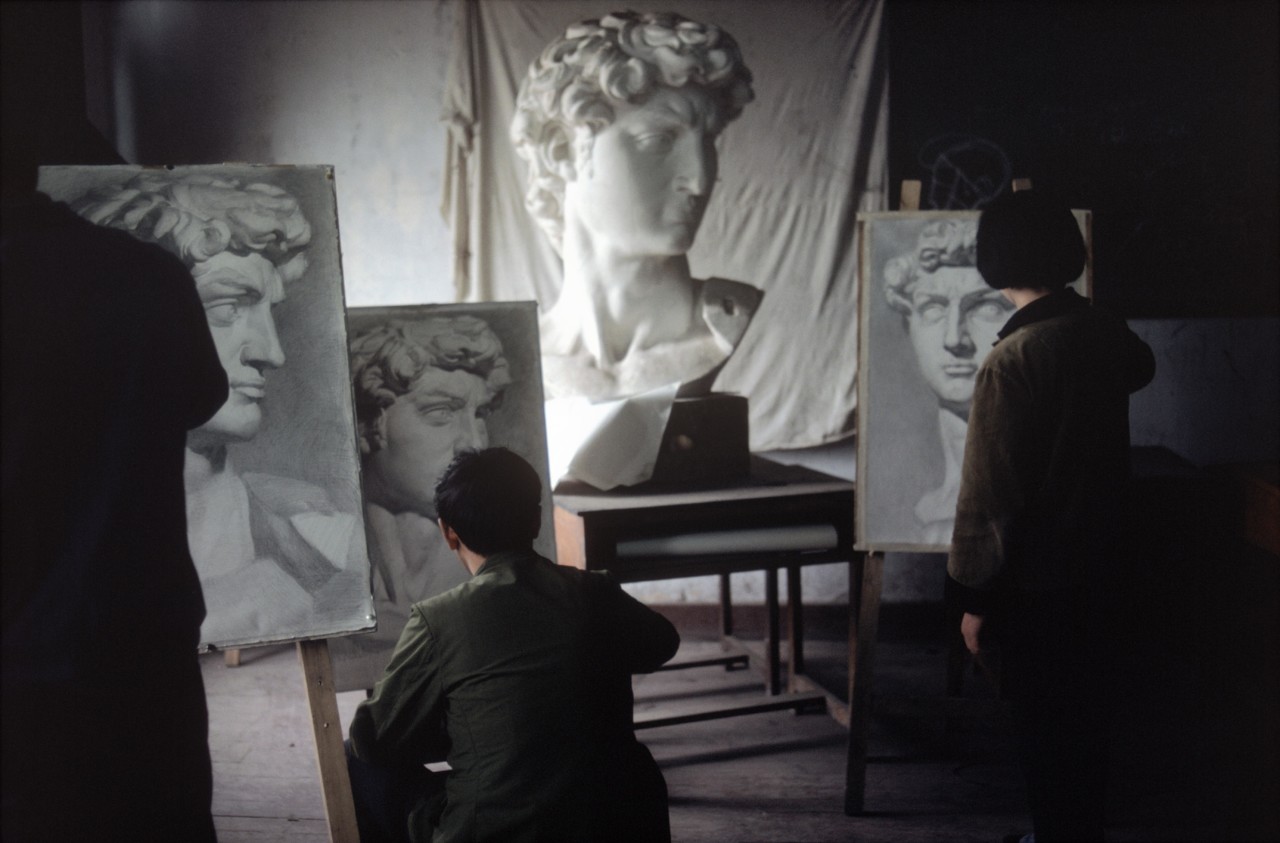
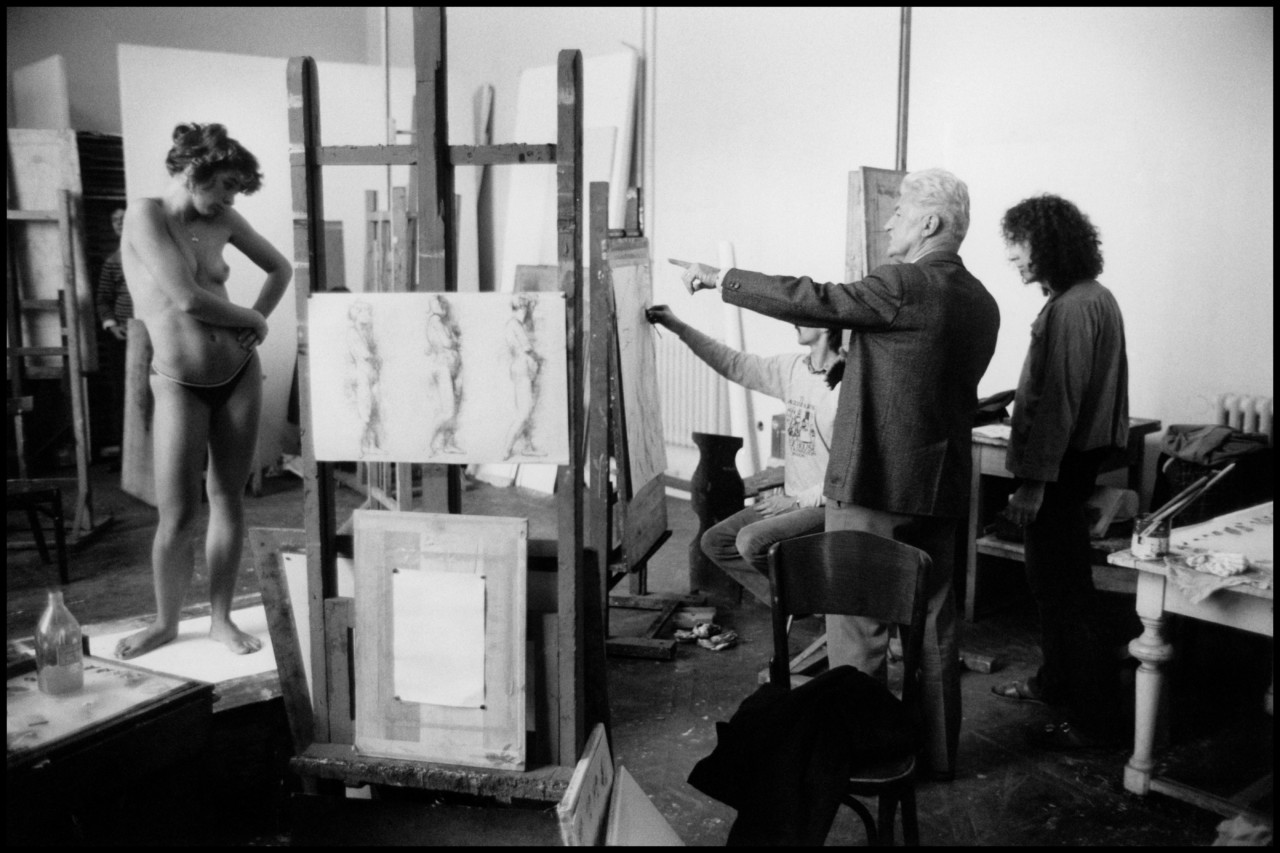
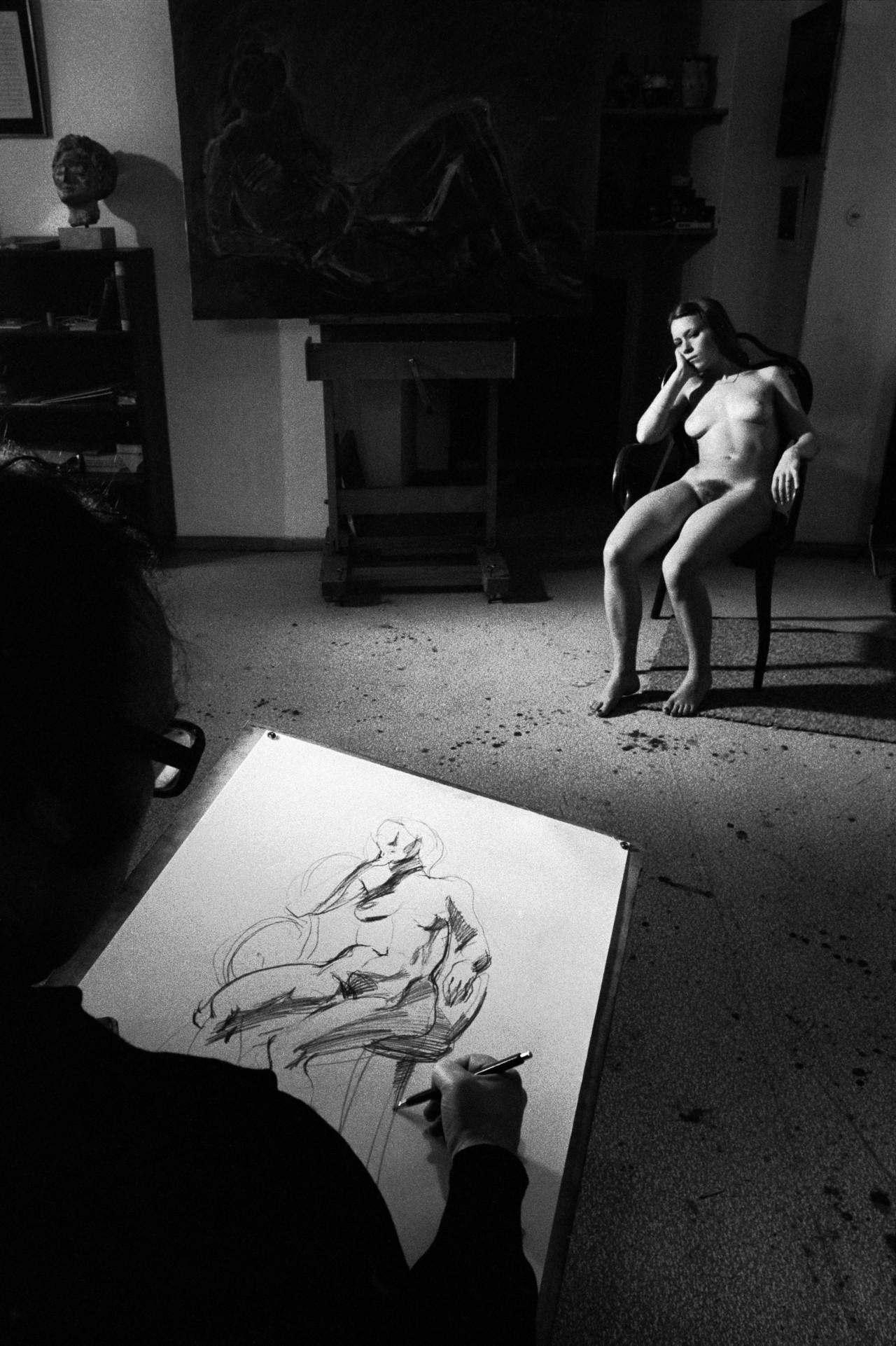
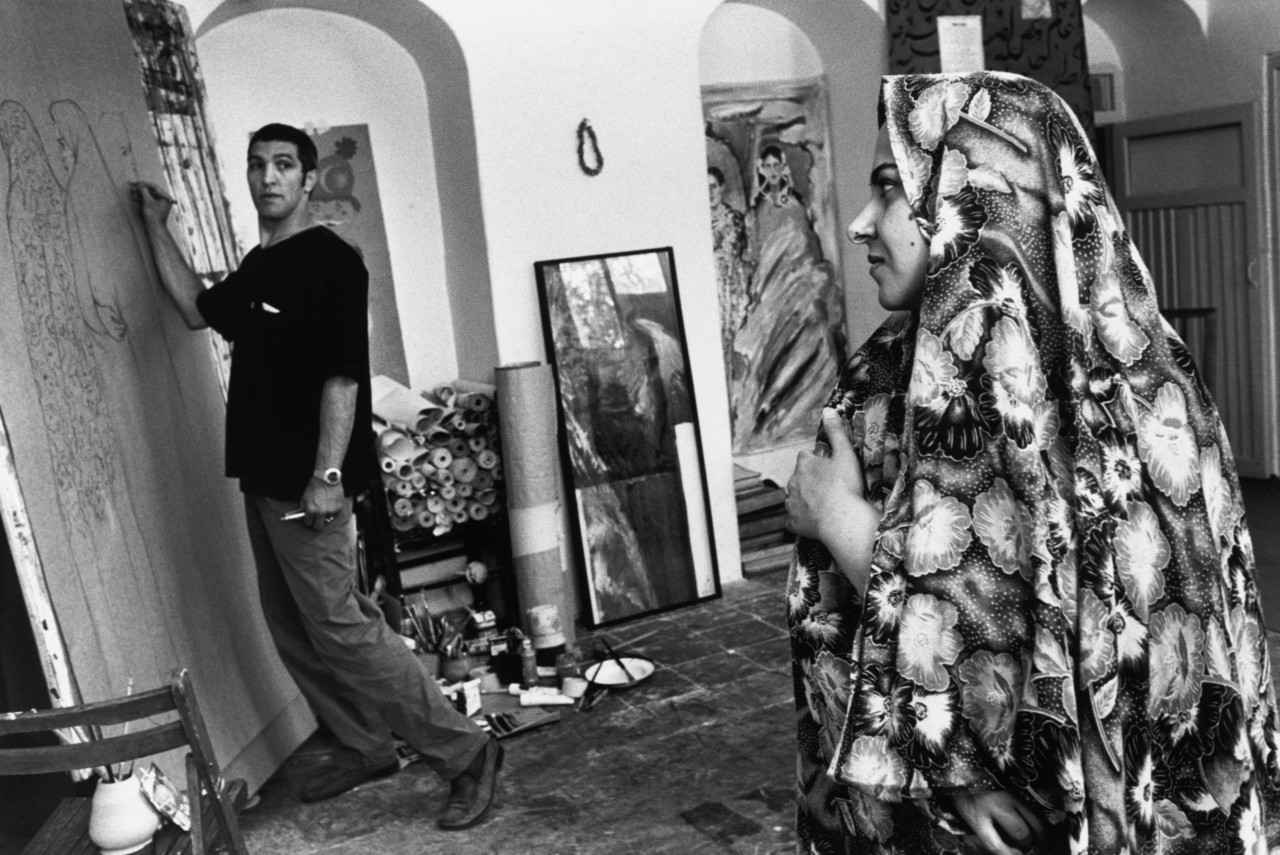
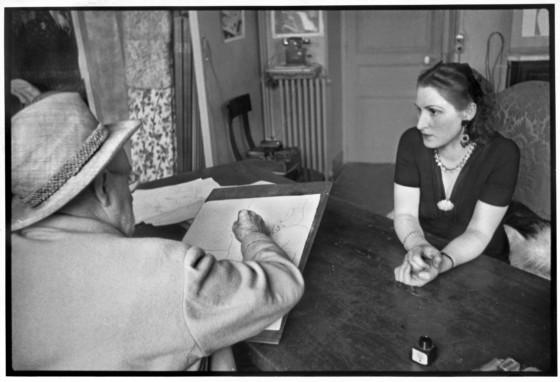


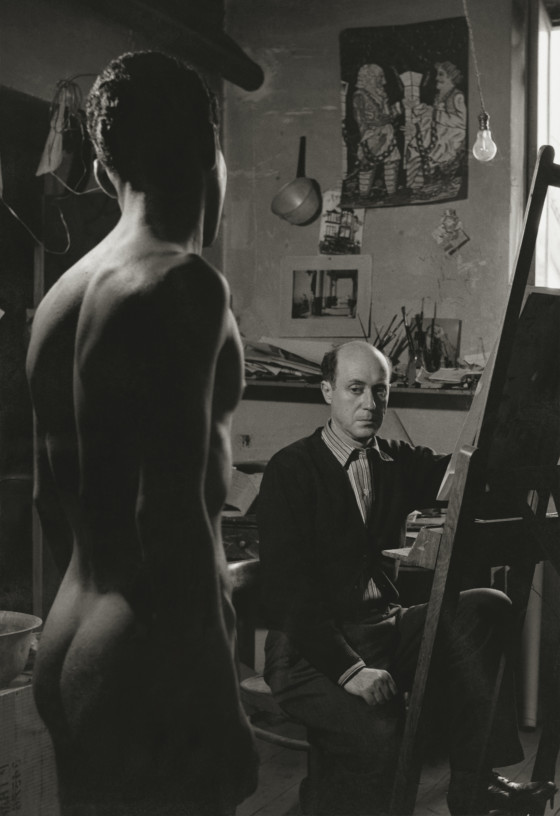
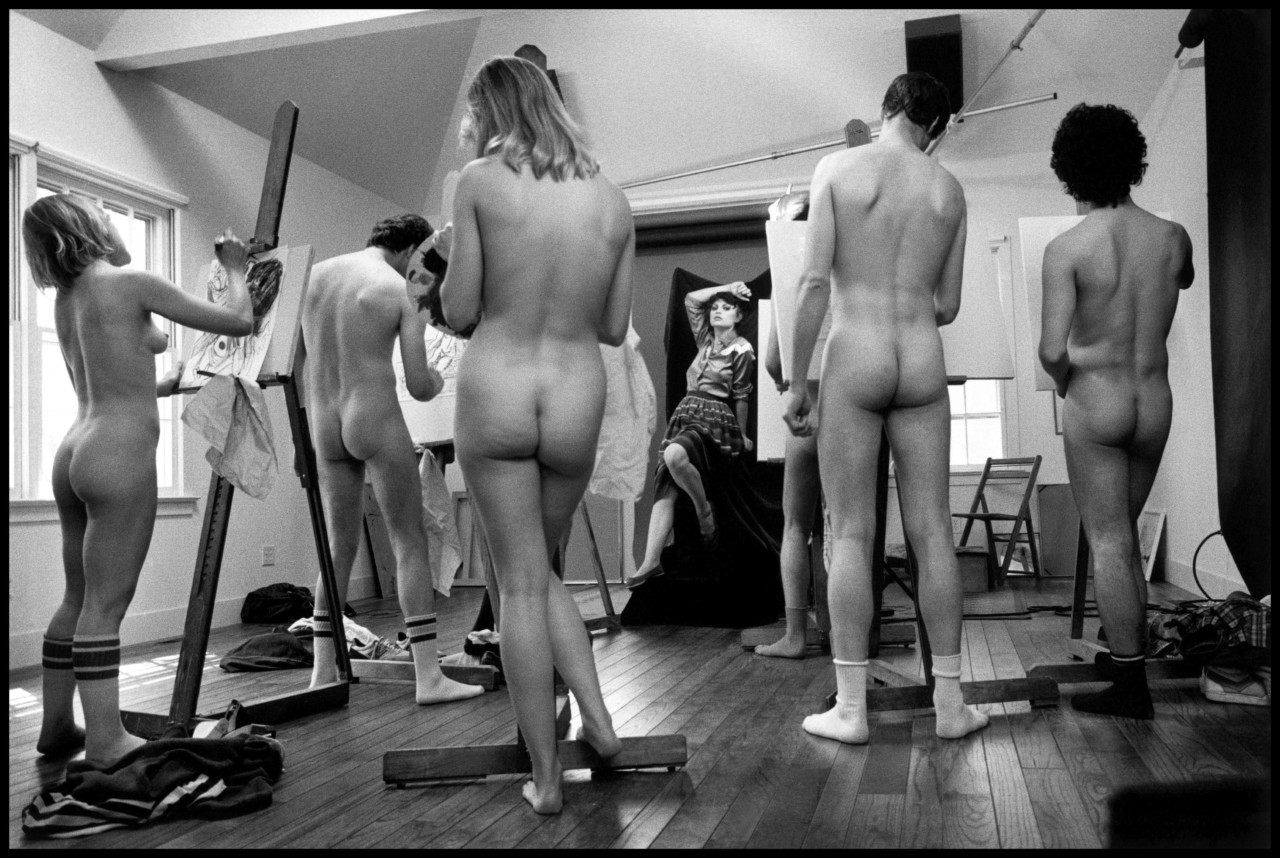
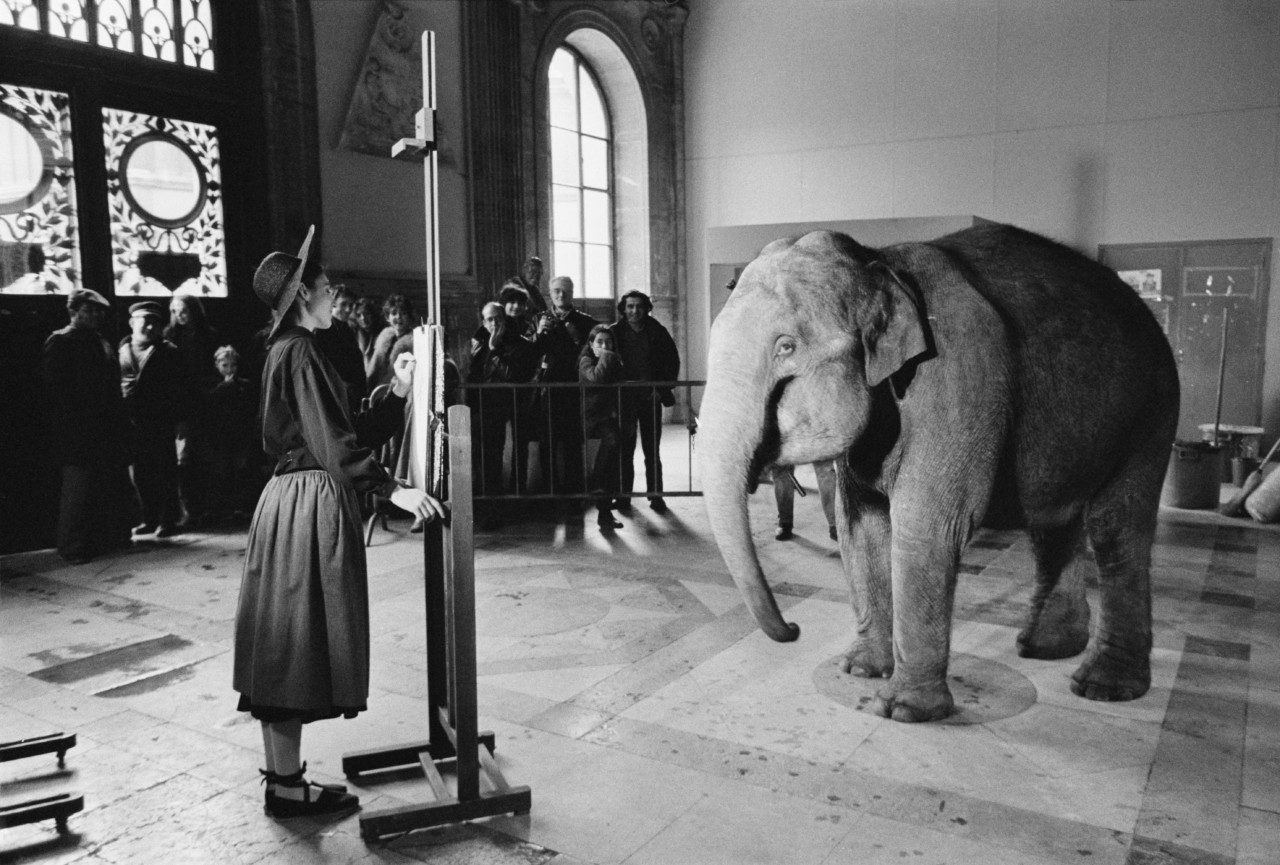
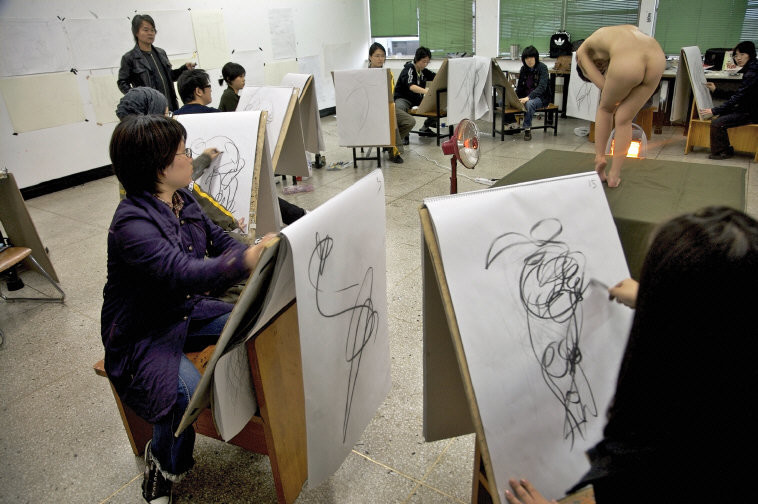
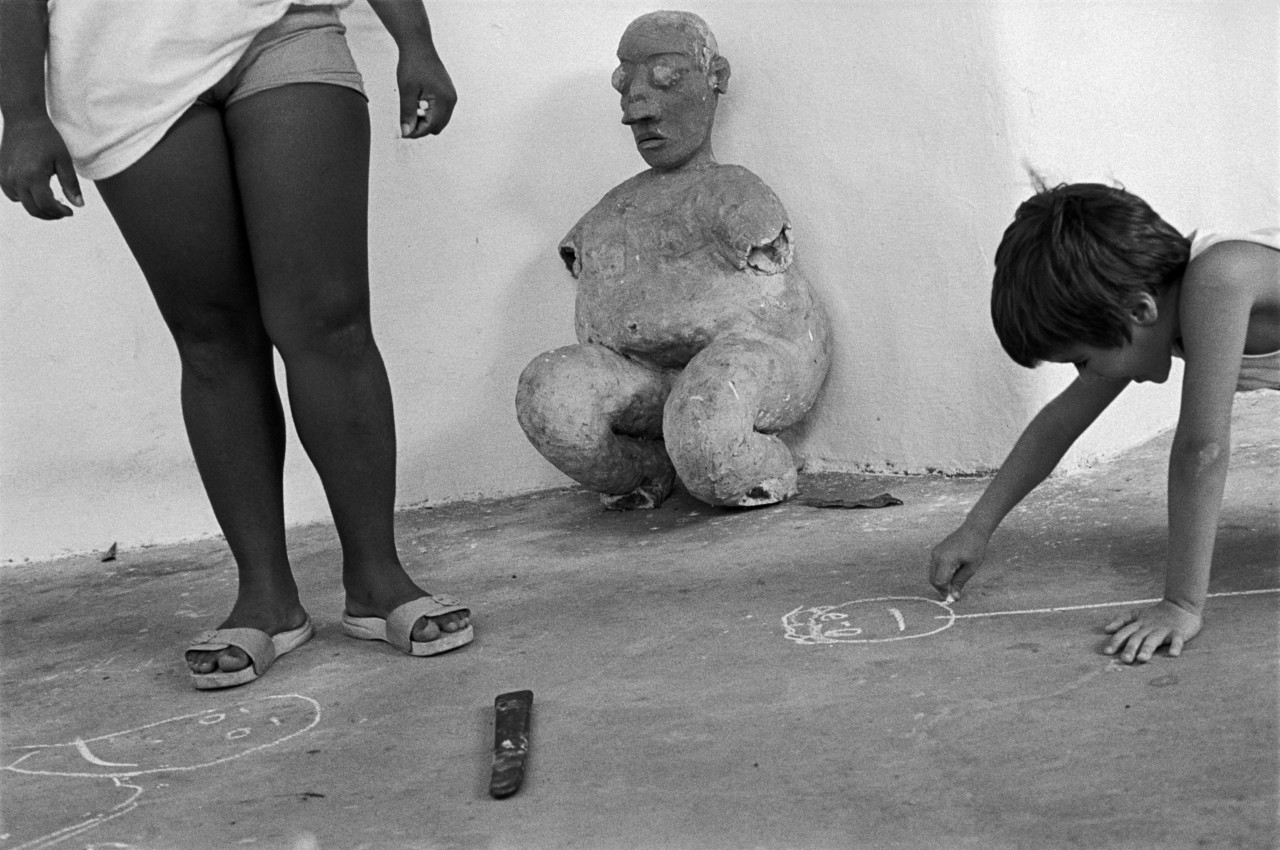
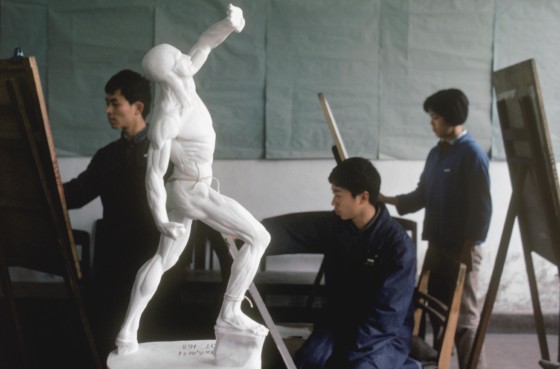
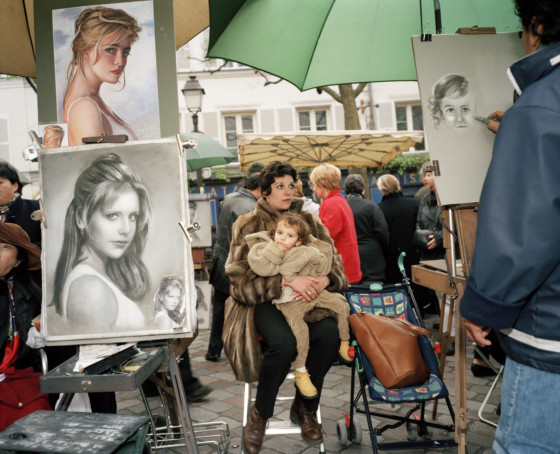
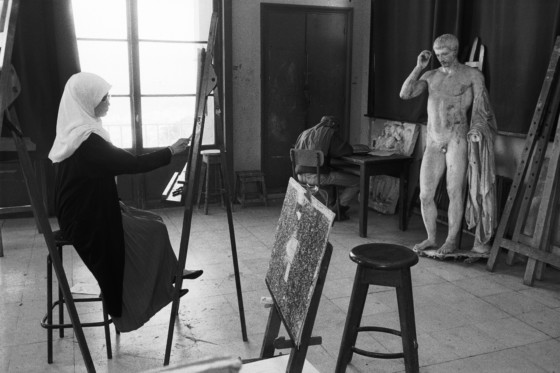
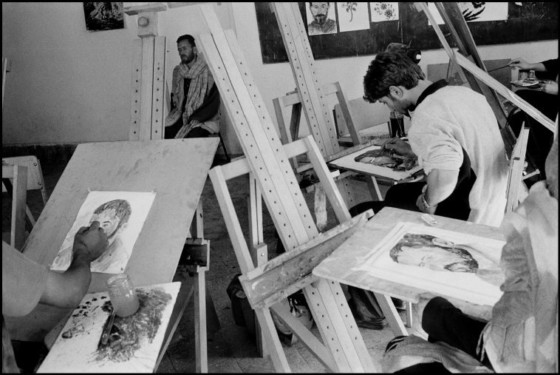

No comments:
Post a Comment